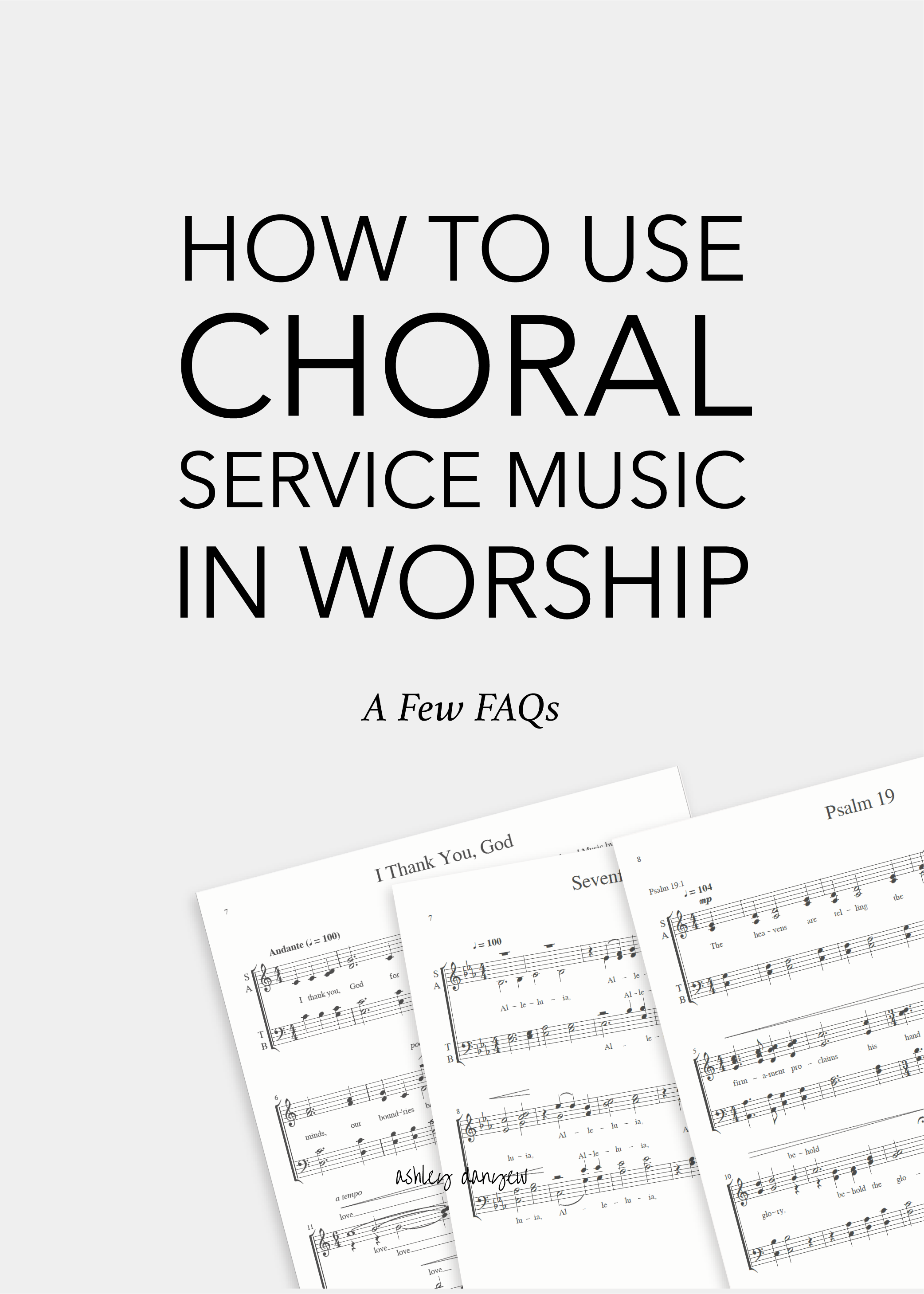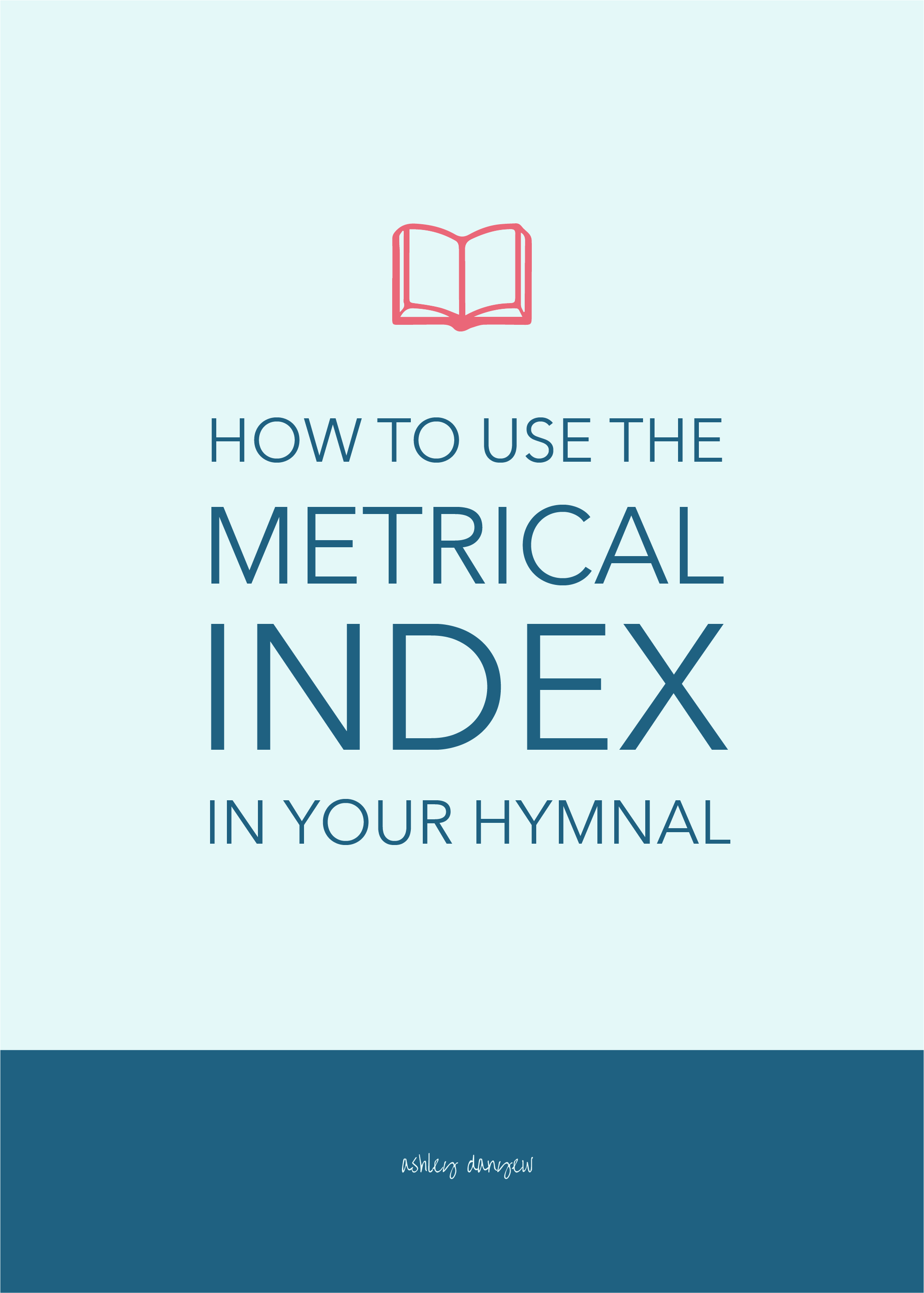I don’t know about you, but I love taking a look behind the scenes.
Maybe it’s curiosity or intrigue, maybe it’s an interest in learning about other people’s processes, creative approaches, and perspectives on things.
If you’re a church musician or someone who contributes to worship planning, then you’ll love today’s post.
Today, I’m giving you a behind-the-scenes look at how to choose hymns that tie into worship. Together, we’ll walk through the step-by-step process of identifying and selecting hymns.
For illustration (and maybe to give you a head start on your planning), we’ll plan hymns that tie into worship services for the month of June.
Ready to get started?
Here’s what you’ll need:
computer or mobile device
worship planning document or calendar (here’s a free one you can download)
hymnal and possibly supplements
pencil and paper or a place to type notes
Step 1: Open your worship planning document
Maybe you keep your worship planning document on Google Drive or another platform so multiple people can have access to it. Or maybe you prefer a paper-planning system and then you compare notes in staff meeting each week.
Whatever your worship planning document looks like, make sure it includes the lectionary texts and space to add hymns and other music selections, sermon title, etc.
Step 2: Read through all the lectionary texts
An easy way to access the Revised Common Lectionary online is via the Vanderbilt Divinity Library. Navigate to the readings for a given week and hover over the reference to read the full text. This is a quick way to see all the readings at a glance and get an idea of common themes and keywords.
If you prefer to use a paper planner, there are numerous lectionary guides and other worship planning resources that are available for purchase.
For purposes of illustration, let’s pretend we’re planning music for the Sundays coming up in May (based on the Revised Common Lectionary).
Here are the texts for June:
June 6
1 Samuel 8:4-11, (12-15), 16-20, (11:14-15)
Genesis 3:8-15
Psalm 130
2 Corinthians 4:13-5:1
Mark 3:20-35
June 13
1 Samuel 15:34-16:13
Psalm 20
Ezekiel 17:22-24
Psalm 92:1-4, 12-15
2 Corinthians 5:6-10, (11-13), 14-17
Mark 4:26-34
June 20
1 Samuel 17:(1a, 4-11, 19-23), 32-49 or 1 Samuel 17:57-18:5, 18:10-16
Psalm 9:9-20 or Psalm 133
Job 38:1-11
Psalm 107:1-3, 23-32
2 Corinthians 6:1-13
Mark 4:35-41
June 27
2 Samuel 1:1, 17-27
Song of Solomon 1:13-15, 2:23-24 or Lamentations 3:22-23
Psalm 30
2 Corinthians 8:7-15
Mark 5:21-43
Step 3: Make a list of keywords and common themes
Once you’ve read through all the lectionary texts, go back to your worship planning document and add in a few keywords and common themes that tie all the readings together.
For instance, perhaps all the readings focus on obedience or following God’s way, with keywords like “trust,” “guidance,” and “obey." Or, they all tie into heaven and the promise of eternal life with keywords like “rest,” “glory,” and “Zion.”
For Sundays in June, we can use the following themes and keywords:
June 6
steadfast, in the garden (Adam and Eve), waiting, renewal, healing
June 13
peace, trees, faith, mustard seed
June 20
stronghold (David and Goliath), storm, faith, steadfast
June 27
forgiveness, waiting, faith, healing, faithfulness
This will help point you in the right direction as you consider hymns for these services.
Step 4: Search for hymns
Once you have a clearer sense of what the service as a whole will be about (based on the lectionary texts), look up any hymns or songs that come to mind and search for others that might tie in. How many hymns do you normally have in your worship service? Which hymn selections work best as opening or closing hymns and which might work well before or after the sermon?
Search the topical and scripture index in the back of your hymnal and search keywords and scripture references on Hymnary.org.
If the hymn or song has more than three or four verses, make sure to read through all the verses and choose the ones that will be most relevant in the service.
Here are some hymn options for our hypothetical May planning:
June 6
In Christ There Is No East or West
Morning Has Broken
God, Renew Us by Your Spirit!
June 13
Rejoice, Ye Pure in Heart
My Faith Has Found a Resting Place
Hymn of Promise
Love Divine, All Loves Excelling
June 20
Joyful, Joyful
How Can I Keep From Singing
O God, Our Help in Ages Past
Blest Be the Tie That Binds
Eternal Father, Strong to Save
Just As I Am
June 27
Great Is Thy Faithfulness
O Christ, the Healer, We Have Come
For the Healing of the Nations
Pass Me Not, O Gentle Savior
Be Still, My Soul
Want to know a shortcut?
Take a look at the hymn suggestions for each Sunday on the UMC Discipleship Ministries website. Suggestions are organized by lectionary passage, which makes it very easy to find relevant hymns and songs (and page numbers!) that match.
Step 5: Add hymns to your worship-planning document
Now that you have some hymns picked out, go back to your worship planning document and add these in.
Consider the placement of hymns in your service. For instance, you might try to match the opening hymn to the first reading or the general theme of the day. Consider choosing something more upbeat and joyful for this spot in the service.
If possible, choose a middle song or hymn that ties in with the second reading and the sermon topic. This may be quieter and more reflective.
For the closing hymn, choose something that ties in with the theme of the day, as a way of summarizing the service. Again, I recommend choosing something that is more upbeat, in tempo and musical style.
Step 6: Think about creative ways to introduce hymns in worship
Look for ways to include other instruments in the congregational hymns and songs you sing in worship. Sometimes, this means descants or obbligatos, and other times, it means adding to the accompaniment.
Look for hymn harmonizations that might work well for a middle or last verse, either for organ or piano. (Note: You might be able to use a snippet from one of your solo arrangements!)
Depending on the style of the piece, you might try adding more informal instruments, like ukulele and/or guitar to my piano accompaniment or include a simple descant for flute, saxophone, or trumpet. Look for ways to use percussion (djembe, Cajon, conga, etc.) to add a little something extra.
A few considerations:
Here are a few other things to note when choosing congregational hymns and songs for worship:
Introduce one new hymn or song at a time. Try not to have more than one new or unfamiliar hymn or song in the service. If you’re in a more contemporary setting, try to incorporate the new hymn or song several weeks in a row so the congregation has more of an opportunity to really learn it.
Use instrumental music to support the congregational music and tie things together. Have another hymn or song idea that ties in that you ended up not using as a congregational hymn? Look for an instrumental arrangement to play as a prelude or use as the offertory that Sunday. Here are some of my favorite solo piano collections.
A little goes a long way. When it comes to hymn harmonizations, instrumental parts, and descants, a little goes a long way. This isn’t something you need to add to every hymn or song every week. Use your best judgment. No matter what, make sure the melody line is always clear and uninhibited so the congregation feels supported and encouraged to sing.
Plan ahead. The nice thing about working from the lectionary is that the texts are all preselected and available to you. Whether or not you have the specific readings you’ll be doing that day, you can begin the work of pulling out keywords and common themes that work across all the texts of the day.
My advice? Plan at least 6-8 weeks out, more if you’re coming up on a special season like Advent and Christmas or Lent and Easter.
There are always extra things that come onto your plate during those busy times of the church year, so having the congregational music chosen in advance will save you time later on.
I’d love to hear from you:
How do you choose hymns and songs for worship each week? What does your process look like and how far out do you plan?





































